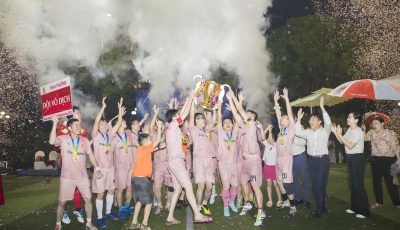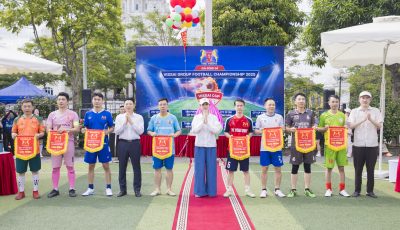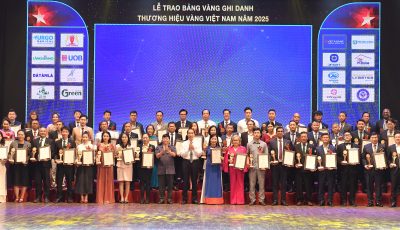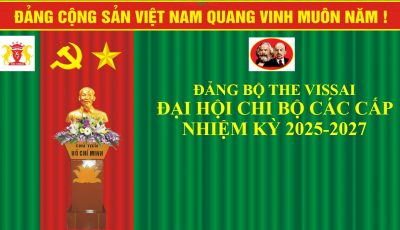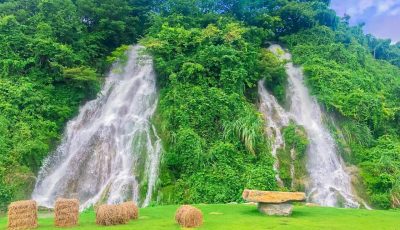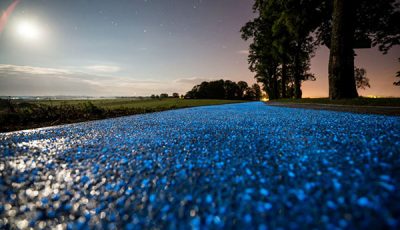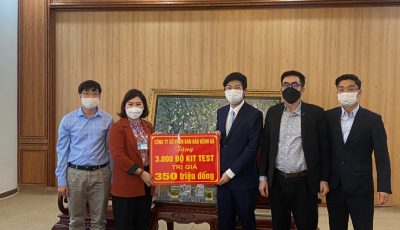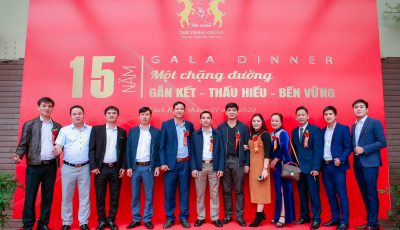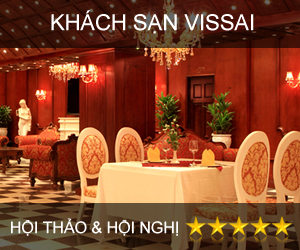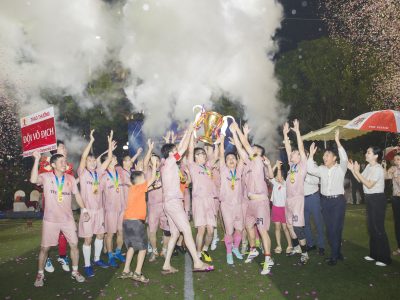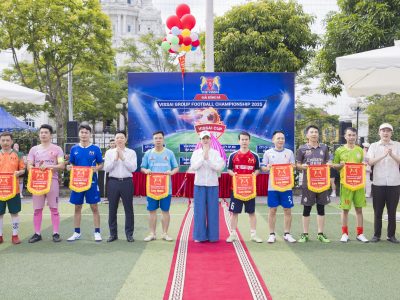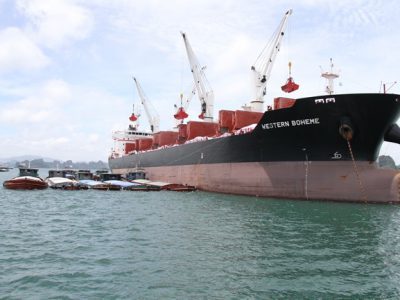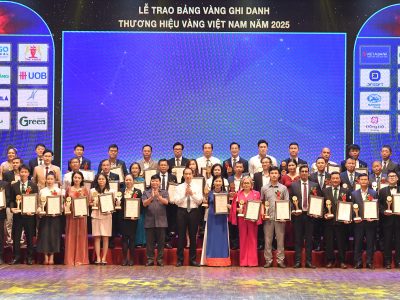Exhibition highlights Vietnamese culture
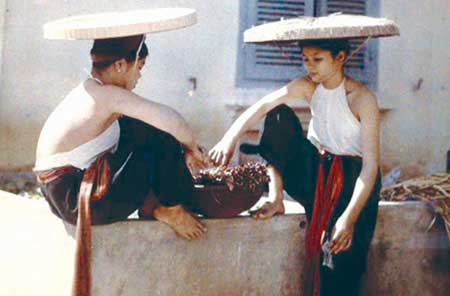 |
| A photo by Leon Busy features two girls sitting by a water tank. Busy’s coloured photos depicting Ha Noi in the early 20th century are unique because he uses a colour photography process. |
Made public for the first time, the 60 photos are selected from an archive of more than 1,500 original photos that Busy took, mostly from 1914 to 1917. The photos are preserved at the Albert Kahn Museum, France.
Of note, the photos were completed through a colour photography process widely known as Autochrome Lumiere.
In 1903, the Lumiere brothers of France invented the additive colour “mosaic screen plate” process which had been in use before the advent of subtractive colour film in the mid-1930s.
“Many other photographers have left behind precious works depicting the past, but those produced with the help of the Lumiere brothers’ ‘autochromes’ technique are truly the first coloured photos,” said a representative from Conseil region of France, Pandolfi Laurent, at the opening ceremony.
“Colours make these ‘documents’ much more noticeable due to their accuracy. For example, we came to understand which colour of clothes were worn at that time,” he added.
The meeting hall of the L’ Espace French Cultural Centre in Ha Noi was packed with both foreign and local residents to see the images of Ha Noi from a long time ago when it opened on Monday evening.
The photos have been digitised to showcase the beauty of Vietnamese society, which was divided into two topics: traditional handicrafts and activities in daily lives, and the relationship between human beings and the natural environment, which features worshipping and other religious rituals.
“I’m very much impressed by the quality of the colours with the chemical process that Lumiere invented more than 100 years ago. It’s amazing that chemistry produced this result,” said chemical engineer Didier Lecomte from France.
“Regarding the content and what I see, I’m impressed by Ha Noi 100 years ago, small buildings, traditional clothing, work clothing, and other traditional customs, something that you won’t see anymore,” said Lecomte, who is working at the French – Viet Nam University of Science and Technology in Ha Noi.
“The photos convey a very good information. I can see how strong the culture is. And Viet Nam has to be very careful to preserve its culture and tradition.”
Impressed with what is on display, Hanoian Nguyen Mai Lien said the photos were awesome, adding that the settings looked simple, but presented a beautiful Ha Noi.
“The photos bear a significant value because they present the love of the photographer for the Vietnamese. If we, Vietnamese people, could do the same thing, we would have been able to see the images before.
“I really admire the foreign photographer who has contributed to portraying traditional features and the beauty of Viet Nam and her people. A long time ago he saw the importance of archiving these images.
“With that in mind, I understand that we must attach much importance to preserving our traditions,” said Lien, who belongs to the generation born in the 1970s.
“Through what on display, I hope that young Vietnamese people and those migrating into Ha Noi from the neighbourhoods will develop a respect and love for Ha Noi to help preserve its authentic culture and lifestyle, which is distinctive and has not dissolved in the global integration.”
Perine Astich Barre is another Frenchman living in Viet Nam. As the decorator for the famous film Indochine (1992) by Regis Wargnier, she said the photos were a very good documentation for the film. Now the exhibition provides her an insight into the country from a century ago.
“At that time, we did borrow some photos from the Albert Kahn Museum to see how the streets and houses were, and what was offered at the shops,” Barre said, explaining that the photos were used during the preparation for the shooting in Ha Long Bay in 1991.
“It’s really good for me to see all these photos. They bring a lot of details. It’s interesting for me because it’s not the same characters, like us. It is a culture and traditional that is completely different [from ours].
“I was always looking for the quiet. So, I’m particularly interested in pictures showing temples, pagodas or worshipping shrines,” she added.
The photo exhibition is among activities to end France Year in Viet Nam in 2013. Thus, it will be moved to Paris to join the activities for Viet Nam Year in France in 2014.
Photos will remain on display until January 4 at L’Espace, Trang Tien Street, Ha Noi.
Source: VNS




